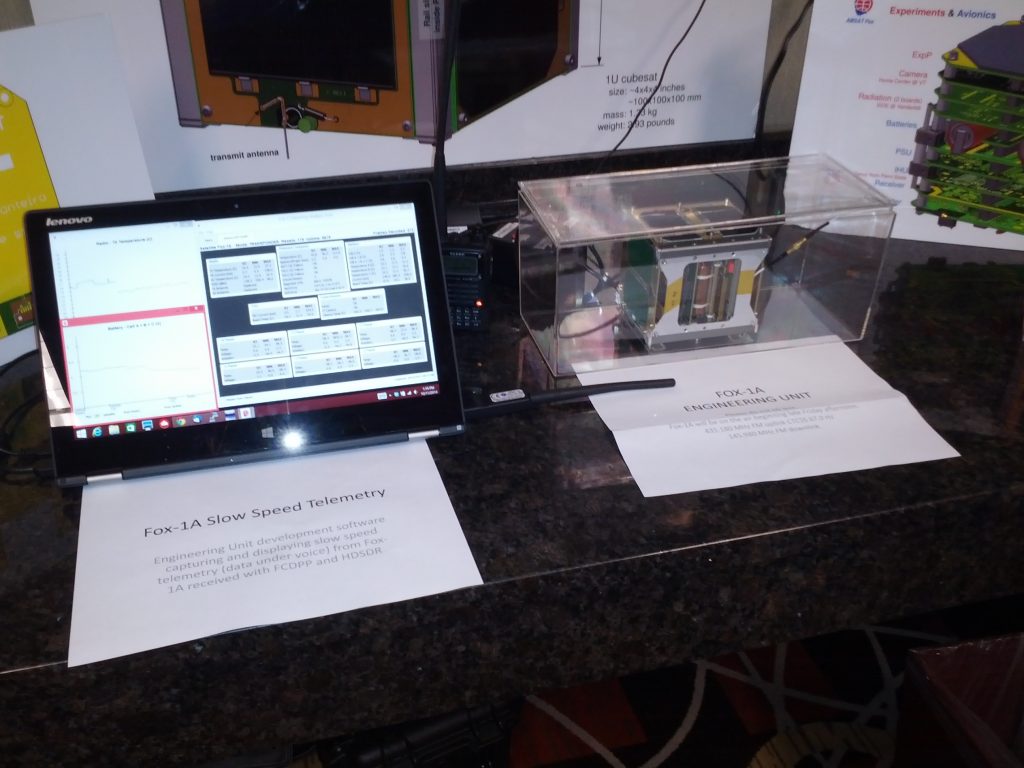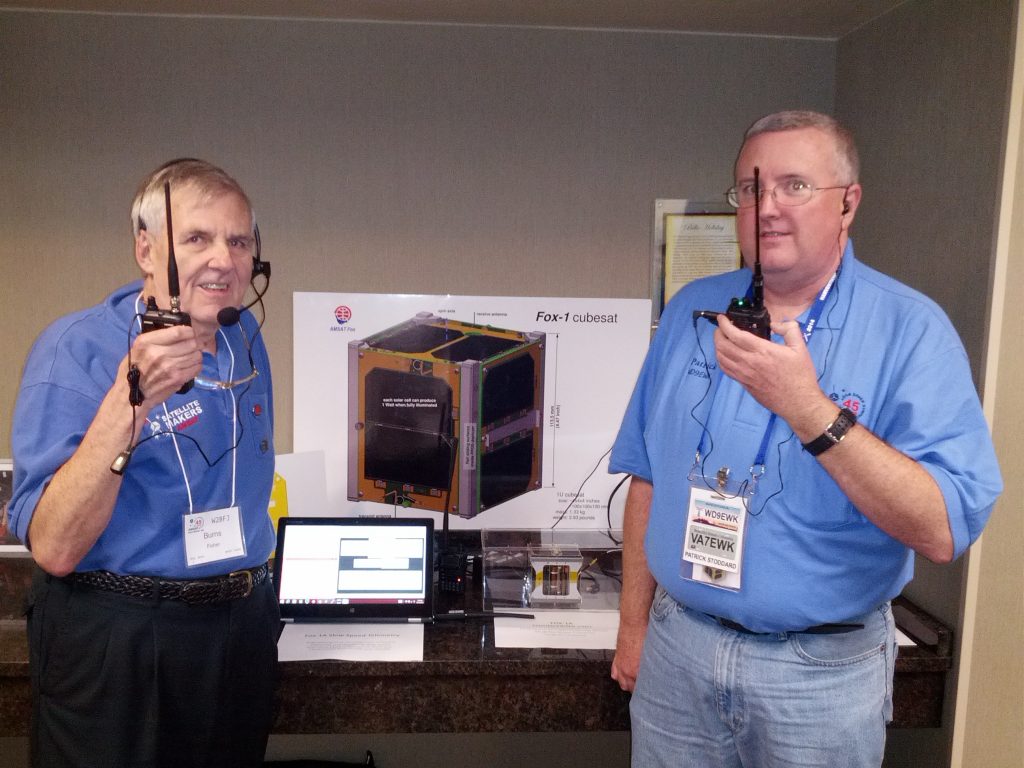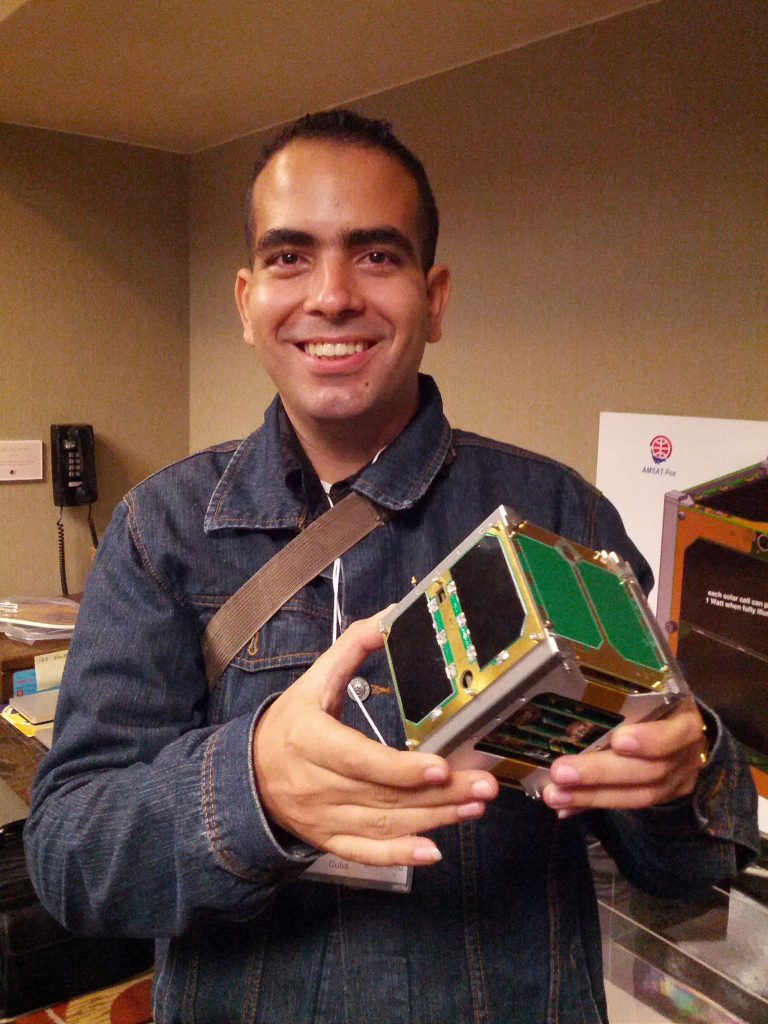Message to US Educators
Amateur Radio on the International Space Station
Contact Opportunity

Please share the following with teachers, administrators and leaders at your local schools, museums, science centers and scouting organizations.
The Amateur Radio on the International Space Station (ARISS) Program is seeking formal and informal education institutions and organizations, individually or working together, to host an Amateur Radio contact with a crew member on board the ISS. ARISS anticipates that the contact would be held between May 1, 2015 and December 31, 2015. Crew scheduling and ISS orbits will determine the exact contact dates. To maximize these radio contact opportunities, ARISS is looking for organizations that will draw large numbers of participants and integrate the contact into a well-developed education plan.
THE DEADLINE TO SUMBIT A PROPOSAL IS DECEMBER 15, 2014.
The Opportunity
Crew members aboard the International Space Station will participate in scheduled Amateur Radio contacts. These radio contacts are approximately 10 minutes in length and allow students and educators to interact with the astronauts through a question-and-answer session.
An ARISS contact is a voice-only communication opportunity via Amateur Radio between astronauts and cosmonauts aboard the space station and classrooms and communities. ARISS contacts afford education audiences the opportunity to learn firsthand from astronauts what it is like to live and work in space and to learn about space research conducted on the ISS. Students also will have an opportunity to learn about satellite communication, wireless technology, and radio science. Because of the nature of human spaceflight and the complexity of scheduling activities aboard the ISS, organizations must demonstrate flexibility to accommodate changes in contact dates and times.
Amateur Radio organizations around the world, NASA, and space agencies in Russia, Canada, Japan and Europe sponsor this educational opportunity by providing the equipment and operational support to enable direct communication between crew on the ISS and students around the world via Amateur Radio. In the US, the program is managed
by AMSAT (Radio Amateur Satellite Corporation) and ARRL (American Radio Relay League) in partnership with NASA.
More Information
Interested parties can find more information about the program at
www.ariss.org and www.arrl.org/ARISS.
More details on expectations, audience, proposal guidelines and proposal form, and dates and times of Information Sessions are available at
www.arrl.org/hosting-an-ariss-contact.
Please direct any questions to [email protected].



